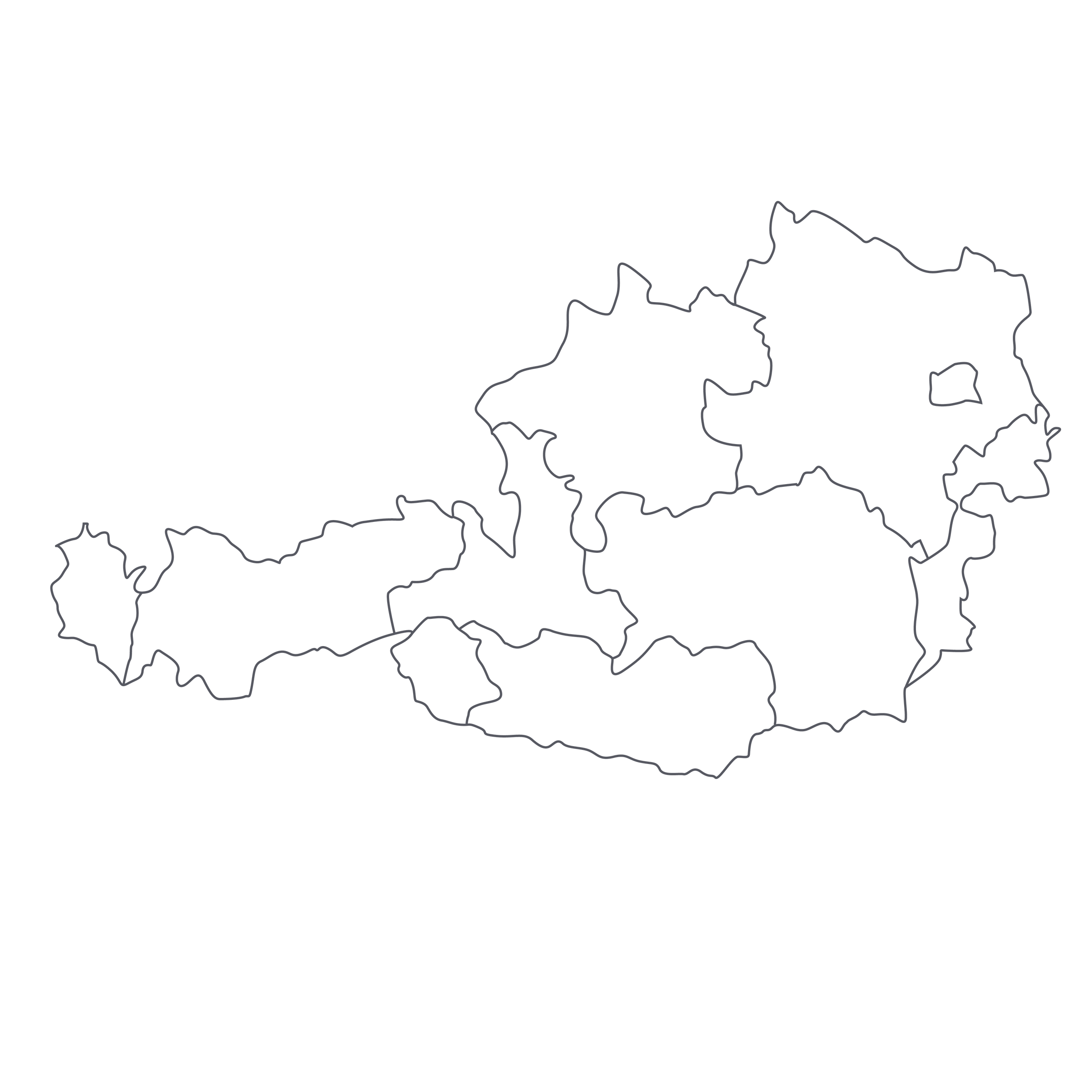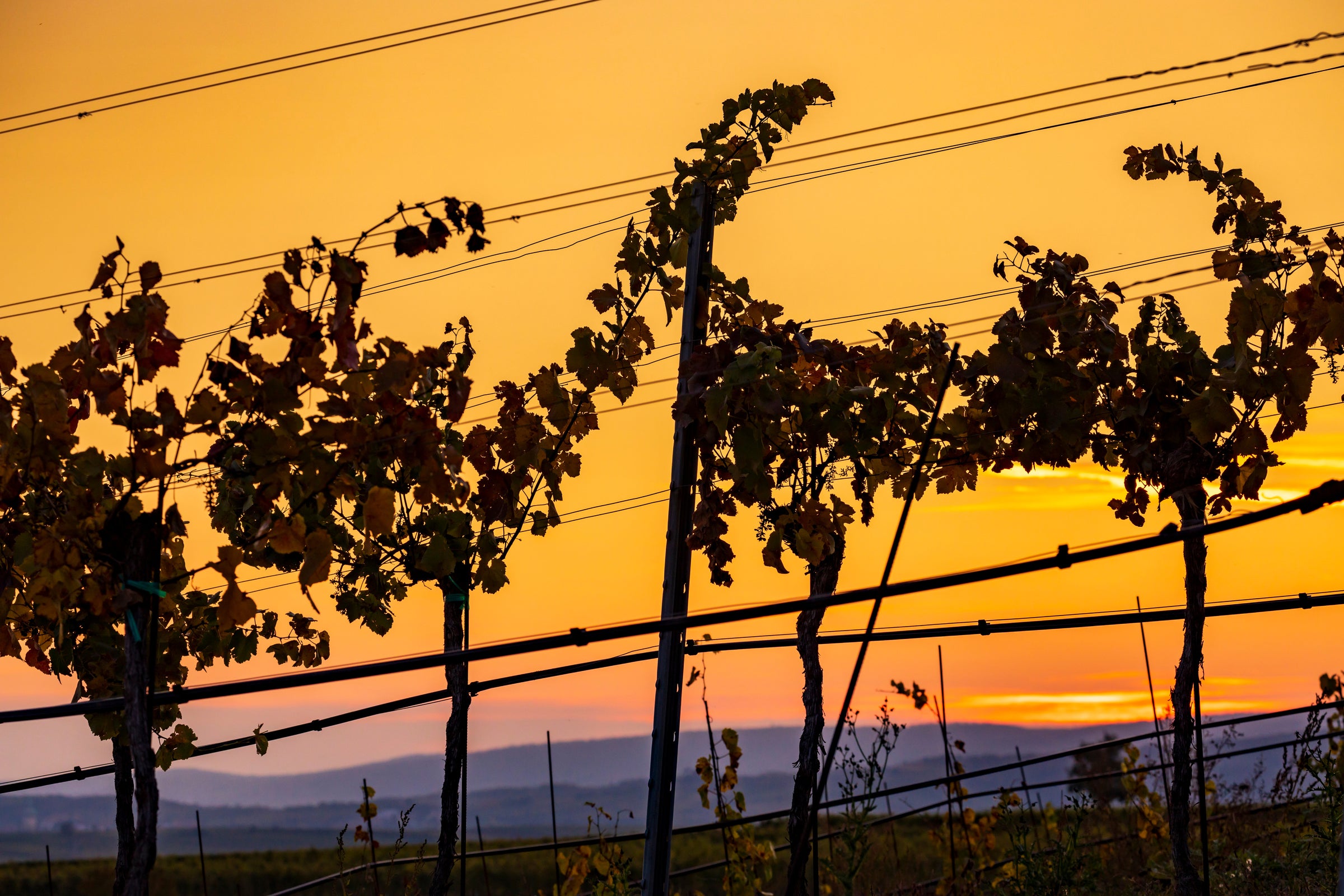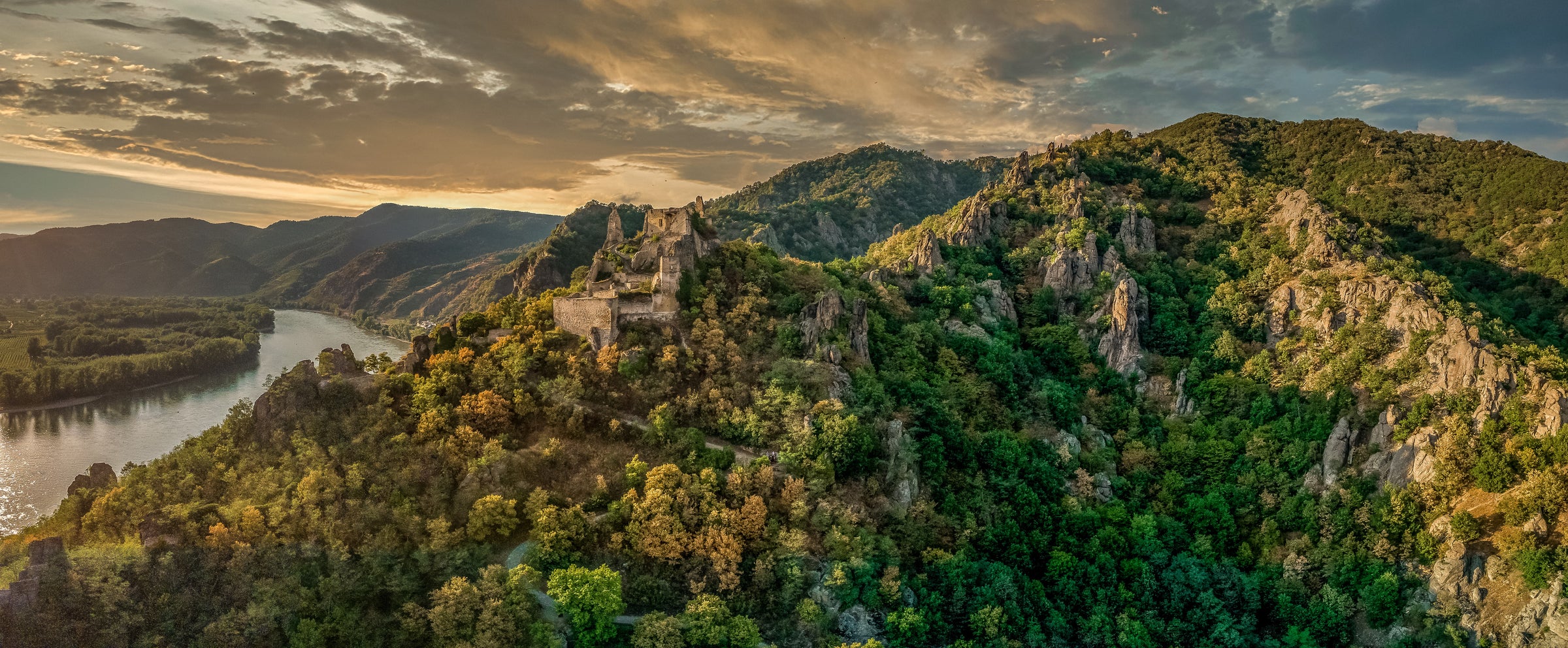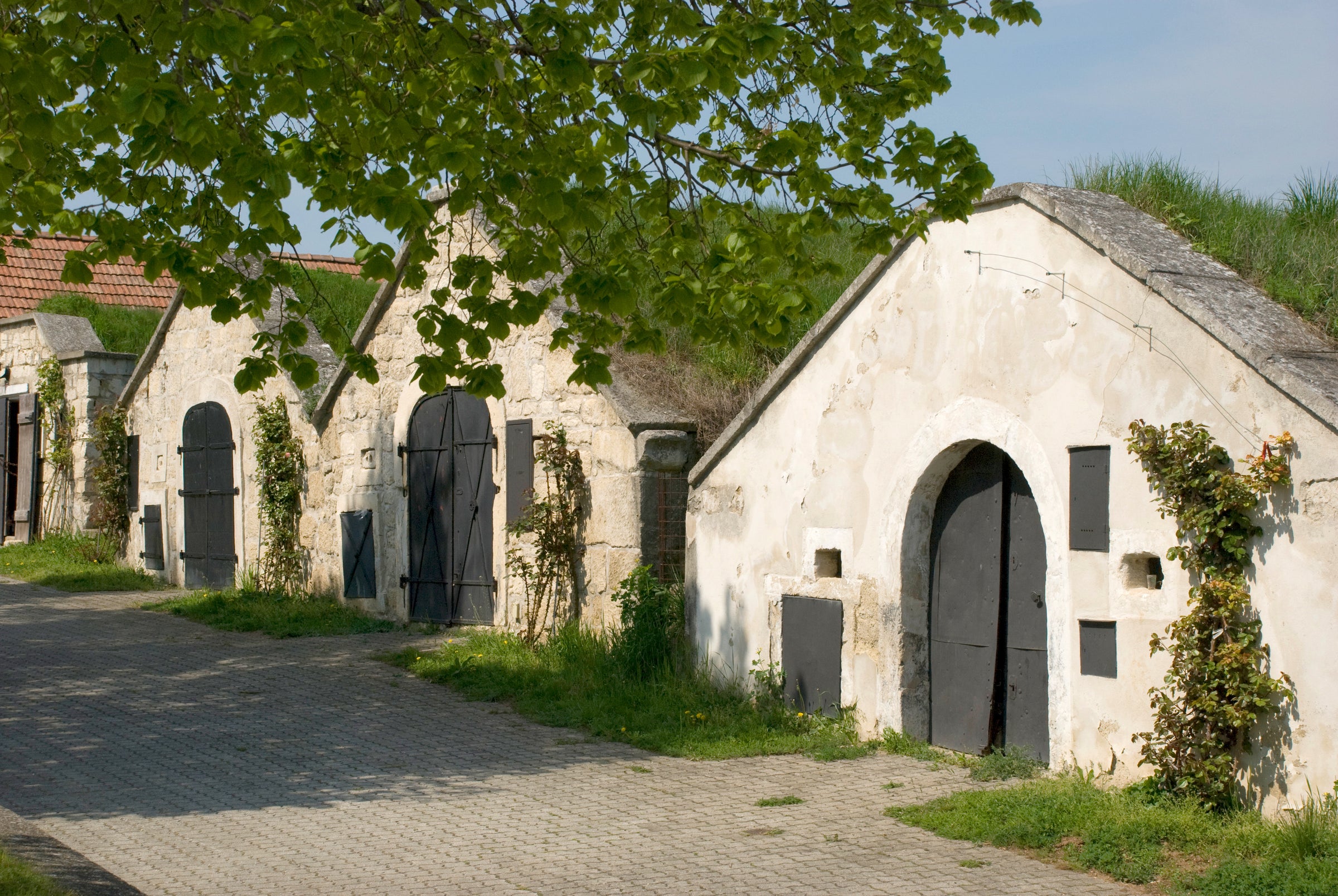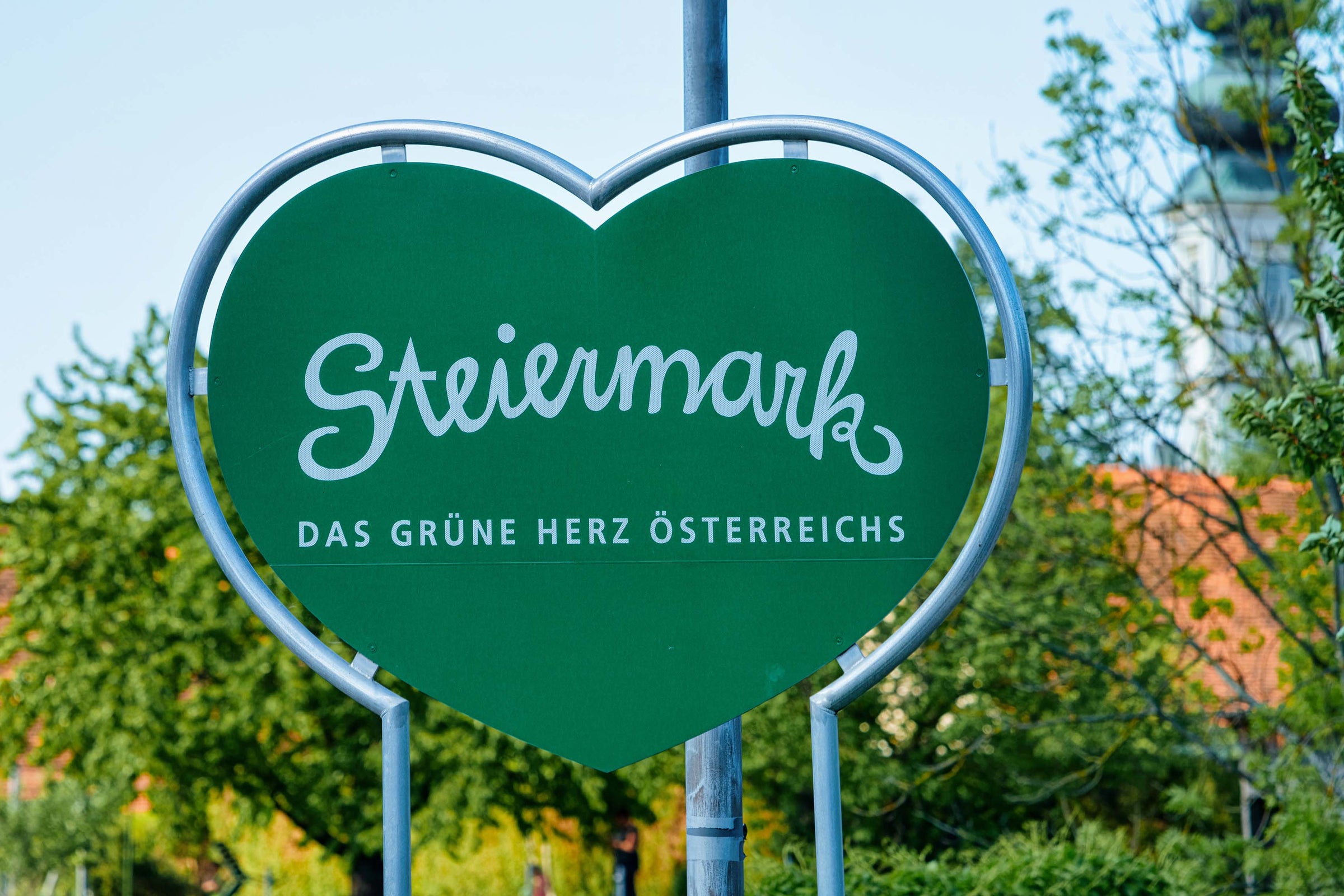This invigorating white is as close as I’ve gotten to a Viennese heuriger, but rest assured, I’m determined to check Vienna and its tavern-wineries off my must-see list as soon as possible. Vienna is the only capital city in Europe where you’ll find verdant hillside vineyards within its limits. Nestled among these vines are small taverns (heurigen) that produce their own wines, including a traditional white field blend called Gemischter Satz—a top example of which we are excited to share with you today.
Translating as “mixed set,” Gemischter Satz was a resolutely local jug wine until a group of producers including Zahel began bottling their creations and introducing them to a wider market in the late 1990s. Fast-forward to today and Wiener Gemischter Satz has an official DAC (controlled appellation) designation, with Zahel and a handful of other producers leading the way. This vibrant and organic ’21 combines six different white varieties (including Grüner Veltliner, Riesling, and Chardonnay), all harvested and fermented together to create a uniquely delicious, briskly refreshing white. There may be no more versatile food wine out there—and it’s priced to be your very own “house” wine, until you get the chance to try some right in the spot where it’s made!
The Zahels got their start in viticulture way back in 1724, producing wine from half of one hectare for their four-table heuriger. It stayed this way for generations, until 1989, when Richard Zahel took over. Today, he and his nephew, Alex, run this small family enterprise, which has grown to 10 hectares—along with a few more tables in their tavern. Upon Alexander’s arrival in 2005, he began a concentrated push toward Demeter’s biodynamic certification, officially achieved in 2018.
With the 2013 vintage, Gemischter Satz wines were granted appellation status: Wiener Gemischter Satz DAC (compare DAC to an AOC of France or DOC of Italy). The difference here, and a first for Austria, is that this designation was created for a style, like Spain’s Cava, rather than a geographical area. Although the grapes are required to originate from Viennese vineyards (the only European city with a wine designation), Gemischter Satz must contain at least three “quality” grape varieties, with one never exceeding 50% of the blend. Zahel’s 2021 combines Grüner Veltliner, Riesling, Grauburgunder (Pinot Gris), Weissburgunder (Pinot Blanc), Chardonnay, and Traminer that is harvested in one day and co-fermented/aged in stainless steel. The vineyard sources for the wine are perched on a famous hill in Vienna called “Nussberg,” at an elevation of about 300 meters. The soils are composed of sandstone over limestone bedrock.
Aged for eight months in steel on its lees (spent yeast cells), this crystalline white is reminiscent of the great Grüners and Rieslings being made further up the Danube, but there’s a rounder textural dimension. The wine displays a light golden-yellow core with bright green highlights, with fresh and lifted aromas of yellow apple, peach, white pepper, lemon blossom, apricot, honeysuckle, saffron, honeysuckle, and a bouquet of white flowers. It is medium-bodied, with a faint hint of oiliness countered by refreshing acidity. The ideal setting for drinking this bottle would be at a picnic table in a Viennese vineyard, but in the absence of that, fry up a classic wiener schnitzel with a lemony side salad and let it rip. There’s no other wine like it, and trust me—you won’t be able to stop at one. Cheers!
